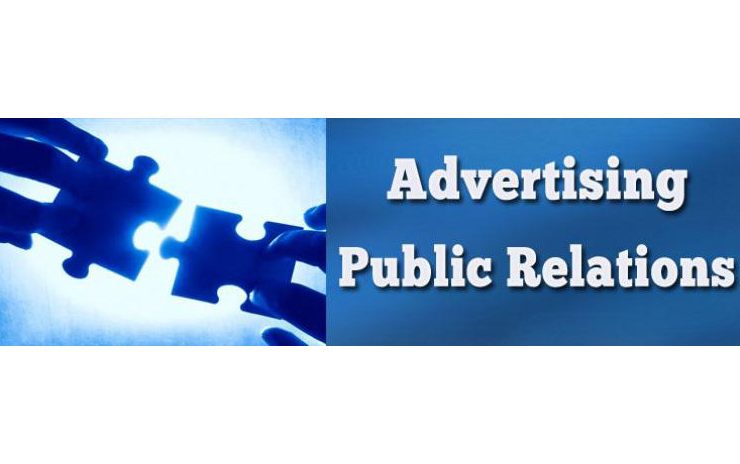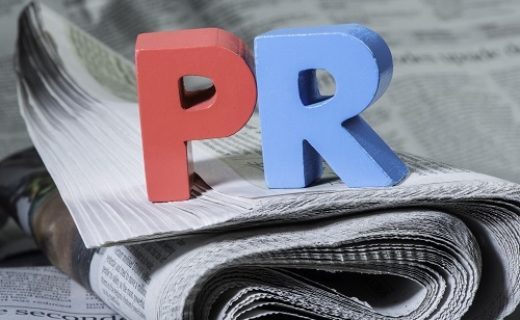One of the things many people ask about public relations is what is the difference between public relations and advertising. It is a common question that is asked time and time again. Yet the two should not be confused. Here are the differences between advertising and public relations:
- Advertising is paid placement. The company pays for the advertisement that is seen in the print publication, heard on the radio, or appears on television. The public knows that the advertisement is paid for by the company. Public relations on the other hand is free and is earned by being included in a story or interview. It provides an implied third party endorsement of a company’s product or service by the media.
- Message control. With advertising, the company pays for the message, controls what, where and when it will appear. In public relations, there is not the control over the message. The reporter determines what if anything they will report on. If a company knows how to make its message timely and compelling, the chances are that the reporter will cover it.
- Consumer Perception. With paid advertising, the customer knows that the provided the message with the intention of trying to sell them something—be it a service or a product. When someone reads a third-party article written about a company’s service or product (or sees/hears coverage on television or radio), the message is perceived as non-biased and an endorsement by the media.
- An advertisement lasts as long as the company pays for it to run. After that the advertisement disappears. With public relations, the story lasts forever thanks to the internet leaving a viral footprint that is discovered time and again. One client appeared in a newspaper article in 2006 discussing online shopping and that article still appears as a top search engine item for the client. A television appearance can last forever thanks to YouTube, the television outlet’s archives, and also the transcript of the show.
- Point of contact. With advertising a sales representative is the main point contact when fulfilling an advertising campaign. With public relations, the point of contact are reporters, editors, and producers.
- An advertisement will never appear on the front page of a newspaper or be the lead on the nightly news. In public relations, a news story can be on the front page and be the lead story on the nightly news giving a company extra weight in the court of public perception.
Can the difference between advertising and public relations be confusing? Yes. But the key to remember is that both are essential for a successful marketing program.






